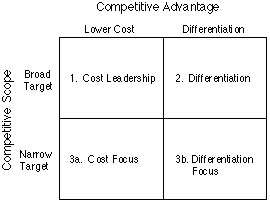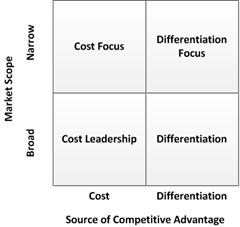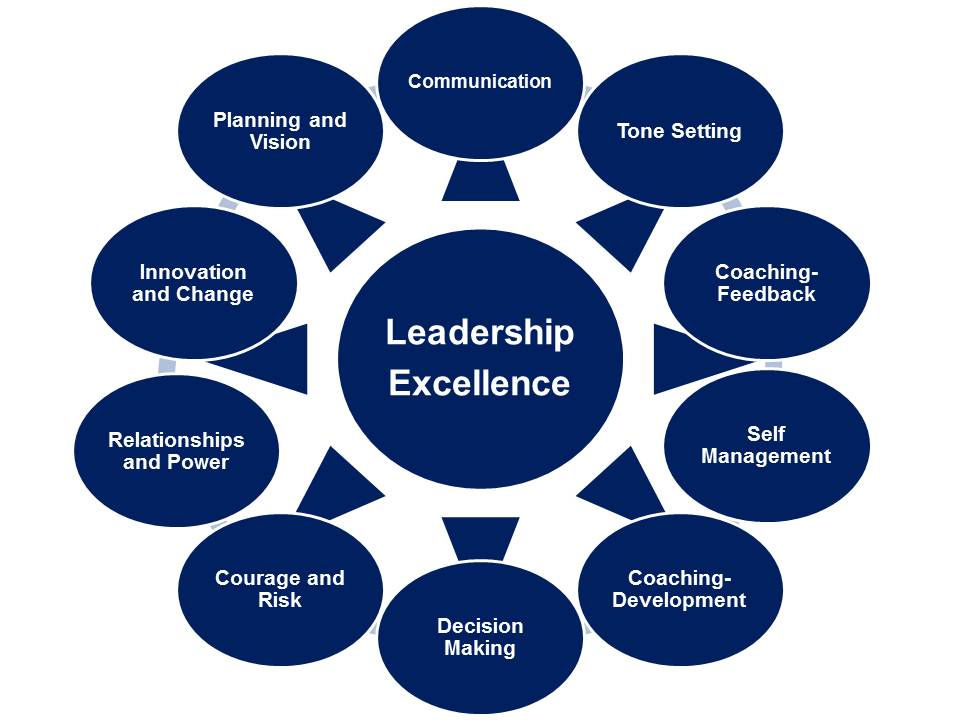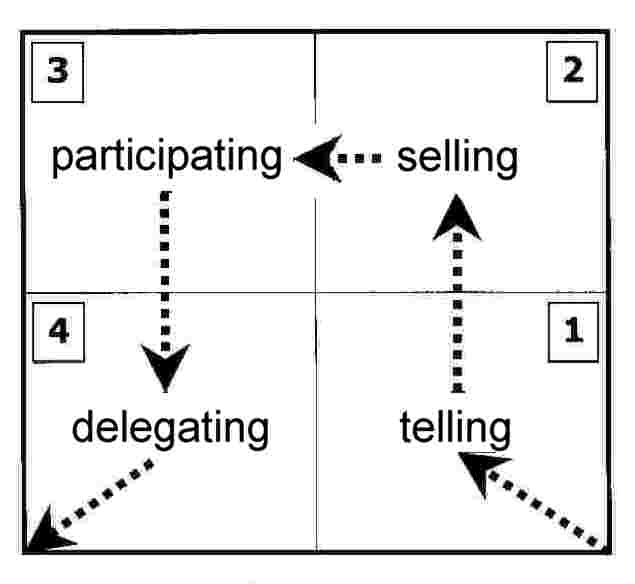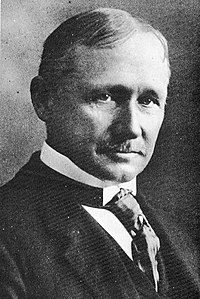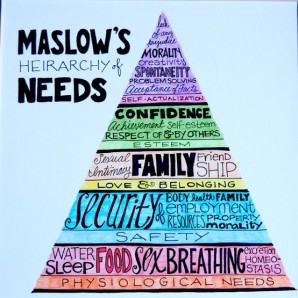We now communicate and share each other's cultures through travel and trade, transporting products around the world in hours or days. We are in a huge global economy where something that happens in one area can have knock on effects worldwide. This process is called globalisation.
What is globalisation?
Globalisation is the process by which the world is becoming increasingly interconnected as a result of massively increased trade and cultural exchange. Globalisation has increased the production of goods and services. The biggest companies are no longer national firms but multinational corporations with subsidiaries in many countries.
Globalisation has been taking place for hundreds of years, but has speeded up enormously over the last half-century.
Globalisation has resulted in: increased international trade a company operating in more than one country greater dependence on the global economy freer movement of capital, goods, and services recognition of companies such as McDonalds and Starbucks in LEDCs
Although globalisation is probably helping to create more wealth in developing countries - it is not helping to close the gap between the world's poorest countries and the world's richest.
There are several key factors which have influenced the process of globalisation:
Improvements in transportation - larger cargo ships mean that the cost of transporting goods between countries has decreased. Economies of scale mean the cost per item can reduce when operating on a larger scale. Transport improvements also mean that goods and people can travel more quickly.
Freedom of trade - organisations like the World Trade Organisation (WTO) promote free trade between countries, which help to remove barriers between countries.
Improvements of communications - the internet and mobile technology has allowed greater communication between people in different countries.
Labour availability and skills - countries such as India have lower labour costs (about a third of that of the UK) and also high skill levels. Labour intensive industries such as clothing can take advantage of cheaper labour costs and reduced legal restrictions in LEDCs.
Transnational corporations
Globalisation has resulted in many businesses setting up or buying operations in other countries. When a foreign company invests in a country, perhaps by building a factory or a shop, this is called inward investment. Companies that operate in several countries are called multinational corporations (MNCs) or transnational corporations (TNCs). The US fast-food chain McDonald's is a large MNC - it has nearly 30,000 restaurants in 119 countries.
Examples of multinational corporations
Shell
A Shell filling station
The majority of TNCs come from MEDCs such as the US and UK. Many multinational corporations invest in other MEDCs. The US car company Ford, for example, makes large numbers of cars in the UK. However, TNCs also invest in LEDCs - for example, the British DIY store B&Q now has stores in China.
Factors attracting TNCs to a country may include:
- cheap raw materials
- cheap labour supply
- good transport
- access to markets where the goods are sold
- friendly government policies
Positive impacts of globalisation
Globalisation is having a dramatic effect - for good or ill - on world economies and on people's lives.
Some of the positive impacts are:
Inward investment by TNCs helps countries by providing new jobs and skills for local people. TNCs bring wealth and foreign currency to local economies when they buy local resources, products and services. The extra money created by this investment can be spent on education, health and infrastructure.
The sharing of ideas, experiences and lifestyles of people and cultures. People can experience foods and other products not previously available in their countries.
Globalisation increases awareness of events in far-away parts of the world. For example, the UK was quickly made aware of the 2004 tsunami tidal wave and sent help rapidly in response.
Globalisation may help to make people more aware of global issues such as deforestation and global warming - and alert them to the need for sustainable development.
Negative impacts of globalisation
Critics include groups such as environmentalists, anti-poverty campaigners andtrade unionists.
Some of the negative impacts include:

Protesters in London
Globalisation operates mostly in the interests of the richest countries, which continue to dominate world trade at the expense of developing countries. The role of LEDCs in the world market is mostly to provide the North and West with cheap labour and raw materials.
There are no guarantees that the wealth from inward investment will benefit the local community. Often, profits are sent back to the MEDC where the TNC is based. Transnational companies, with their massive economies of scale, may drive local companies out of business. If it becomes cheaper to operate in another country, the TNC might close down the factory and make local people redundant.
An absence of strictly enforced international laws means that TNCs may operate in LEDCs in a way that would not be allowed in an MEDC. They may pollute the environment, run risks with safety or impose poor working conditions and low wages on local workers.
Globalisation is viewed by many as a threat to the world's cultural diversity. It is feared it might drown out local economies, traditions and languages and simply re-cast the whole world in the mould of the capitalist North and West. An example of this is that a Hollywood film is far more likely to be successful worldwide than one made in India or China, which also have thriving film industries.
Industry may begin to thrive in LEDCs at the expense of jobs in manufacturing in the UK and other MEDCs, especially in textiles.
Anti-globalisation campaigners sometimes try to draw people's attention to these points by demonstrating against the World Trade Organisation. The World Trade Organisation is an inter-government organisation that promotes the free flow of trade around the world.

